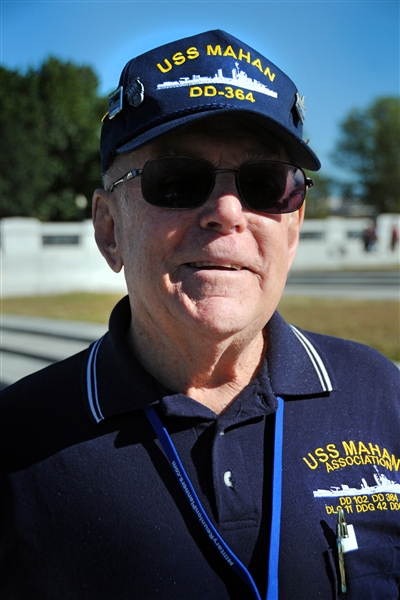HARRISBURG, Pa. — Jumping into a two-hour airborne class of his own design, Army recruiter Staff Sgt. Joseph Tremblay shares his experiences as a soldier with rapid-fire command and enthusiasm.
“Check body position, toe to toe, heel to heel, knees off to the rear, elbows in tight — 45-degree angle — hands on the side of your reserve — pretend you have one — chin on your chest, eyes open,” drilled Tremblay to 114 future soldiers in April and 15 Civil Air Patrol cadets in June.
An infantryman in the Army for 10 years, Tremblay is almost halfway through his tour as a recruiter at the Harrisburg Opportunity Center, which covers an area of 954 square miles and is home to almost 260,000 people. His previous assignment was as an instructor for almost two years at the three-week U.S. Army Airborne School — widely known as Jump School – held at Fort Benning, Ga.
“He has found a way to relate to teenagers and young adults, and their parents by doing something he loves,” said Staff Sgt. James Slough, the Harrisburg Opportunity Center commander. “Teaching these airborne classes helps him to gain exposure for the Army in the community.”
Tremblay — a jumpmaster awarded the senior parachutist badge and who has 42 jumps — developed hands-on training sessions for the public that can be as long as two hours or as short as 45 minutes. He said he was able to do this by condensing the information taught at Ground Week — the airborne school’s first week — to give youths a basic knowledge of airborne operations.
“You are going to be learning how to properly wear a parachute harness and land without injuring yourself,” Tremblay explained at the two training sessions he has conducted so far in the Harrisburg community.
Imagination replaced having a mock door of a C‑130 or C‑17 aircraft like at the school, but Tremblay’s students didn’t have to pretend to have parachute harnesses. Borrowing from local Army units, Tremblay ensured each student had one. He also borrowed a full parachute ensemble for one student to wear as an example for the class.
Civil Air Patrol Cadet Master Sgt. Joseph Dempsey, 17, was chosen to put on the full gear during the airborne training held June 29 at the 193rd Special Operations Wing’s Pennsylvania Air National Guard base here.
“It was by far one of the best things I have done in CAP so far,” said Dempsey, who has been involved with the all-volunteer organization for about five years.
Working together in teams of two, Tremblay’s students helped each other with the parachute harnesses. As he gave instructions on how to put those on, Tremblay and fellow recruiters, who also are airborne soldiers, would double-check to ensure students were properly adjusting the straps on their harnesses.
“I was blown away by the training,” said Army Capt. Ryan Greenawalt, the commander of the Harrisburg Recruiting Company, who witnessed the session Tremblay gave to the CAP cadets. “You can tell he loves being an airborne soldier, and the cadets were glued to every word.”
Students kept these harnesses on throughout the basic airborne class that touched on the five points of performance: proper exit, check body position and count; check canopy and gain canopy control; keep a sharp lookout during your entire descent; prepare to land; and land.
“Airborne! What are you looking for?” Tremblay asked when teaching the second point of performance, check canopy and gain canopy control.
“Holes, rips, tears, blown sections, gores and broken section lines,” the classes answered in unison after repeating it probably about 20 times in the past five minutes.
Tremblay, who joined the Army at age 19, said that infantryman was the only thing he saw himself doing.
“I just like being in a combat job,” said Tremblay, who has been deployed to Iraq twice. “Both times, [my infantry units] established a patrol base in the local communities, so I was able to live with them, learn their culture and eat their food.”
Tremblay said he teaches airborne classes to the community “to give people a little bit of exposure to the Army and that we have all kinds of different options and programs.” Then, he smiled and added, “I can talk airborne all day long.”
Source:
U.S. Department of Defense
Office of the Assistant Secretary of Defense (Public Affairs)

 von
von 
